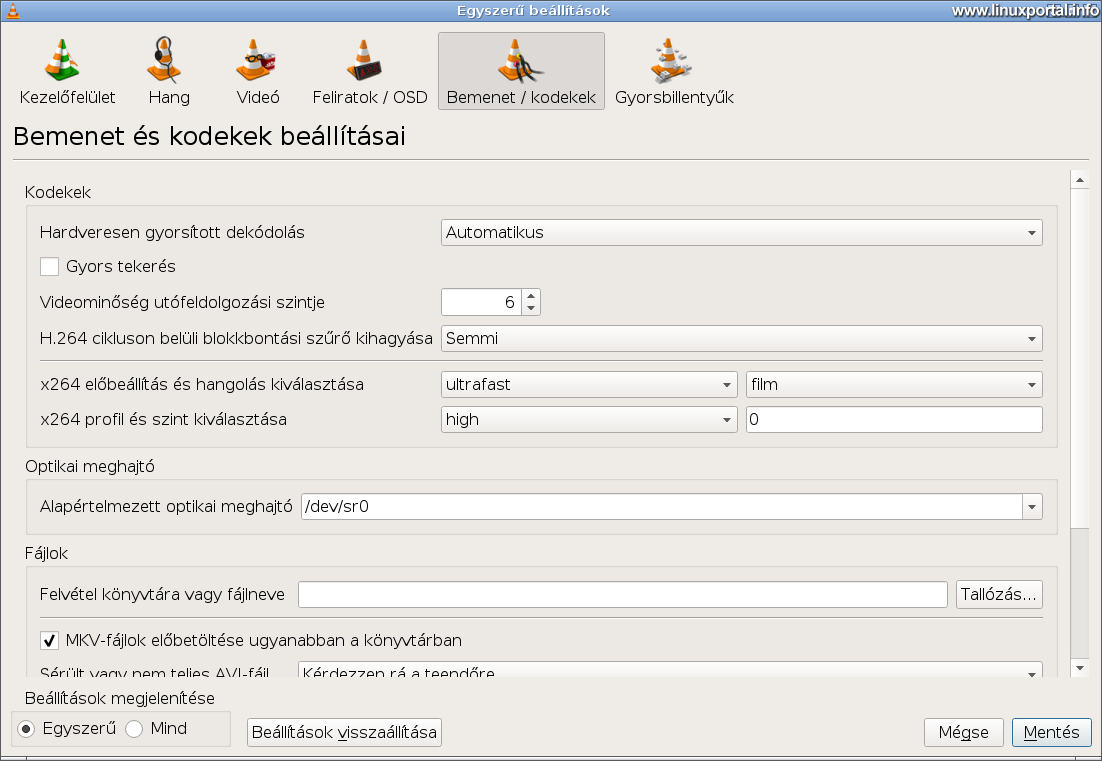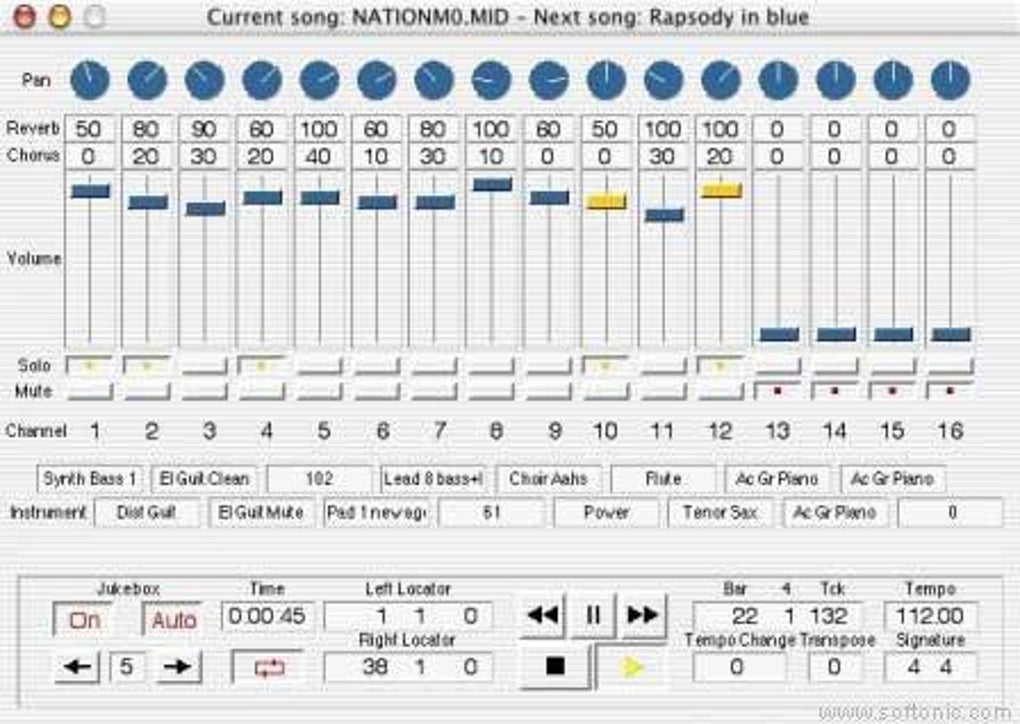
- #Vlc soundfont midi how to#
- #Vlc soundfont midi mac os x#
- #Vlc soundfont midi mac os#
- #Vlc soundfont midi mod#
I recently downloaded some songs and they are in a.midi format. At a glance, there are improvements to the API for playing MIDI files, several bug fixes in the engine itself.
#Vlc soundfont midi how to#
Methods of playing MIDI files using custom soundbanks, without the use of a music sequencing application.This article will tell you how to play mdi audio files with vlc.

Windows-only Solution #2: Sound Card-specific Utilitiesīack in the 90’s, MIDI was at the peak of its popularity.Windows-only Solution #1: Winamp MIDI Plugin and DirectSound.Cross-Platform Solution for SoundFont files. The format was favoured due to its relatively low computational overhead, which suited the limited hardware of the day, as well as the small filesizes that made it ideal for transferring over the internet. However, the nature of MIDI somewhat limited the potential of the format, since composers had no control over what end users actually heard. The final sound depended on the soundbanks (collections of pre-recorded samples) that the user’s synthesiser or sound card used for playback, which were often low-quality and rarely sounded the same as those used by the composer.
#Vlc soundfont midi mod#
This solution offered increased flexibility, and was actually rather reminiscent of module music, a format which contained samples and instrument instructions in the one file (and which I happen to have a bit of a soft spot for, see my article on MOD music.) In order to extend the format’s potential and facilitate better results, several organisations worked on developing file formats that would allow composers to create their own custom soundbanks, which could then be loaded by MIDI synthesisers, to ensure the end user heard exactly what the composer had intended. Though several different formats of soundbanks surfaced, the two notable formats are Creative’s SoundFont and MMA’s Downloadable Sounds (DLS).
#Vlc soundfont midi mac os#
SoundFont took off and gained a large following, whereas DLS, which never gained any sizeable momentum, is ironically the format supported natively by the synthesisers built into both Windows and Mac OS X.

The SoundFont format, due to its popularity, is well supported by the open source community, and can be utilised under most operating systems. However, as far as DLS goes, you’re stuck with using Windows or Mac OS X.

Cross-Platform Solution for SoundFont files I’ve been unable to find a cross-platform solution that supports DLS files, so Linux users will have to stick to SoundFont files.

Browse to the *.sf2 SoundFont file you wish to use.Drill down through the hierarchy as so: Input / Codecs -> Audio codecs -> FluidSynth.Open the VLC preferences dialog, ensuring that the view is set to display All settings, not the Simple view.As it turns out, VLC is actually incapable of playing MIDI files without first loading a SoundFont, so these instructions may already be familiar to you if you’re a VLC user: If you want to play MIDI files with SoundFont soundbanks, it’s easy to do so using the excellent cross-platform VLC Media Player, which utilises the FluidSynth library to do the synthesising. If VLC isn’t your cup of tea, or you want to enable MIDI playback for all applications under Linux, SoundFont files are also supported by the somewhat less user-friendly Timidity++, which can be configured as a local MIDI server. There are some instructions here.īoth of these applications can output to a file, so either one can be used for converting MIDI files.
#Vlc soundfont midi mac os x#
QuickTime under Mac OS X or WindowsĪpple’s QuickTime, available under Windows and Mac OS X, supports both SoundFont and DLS files for the synthesis of MIDI files.


 0 kommentar(er)
0 kommentar(er)
